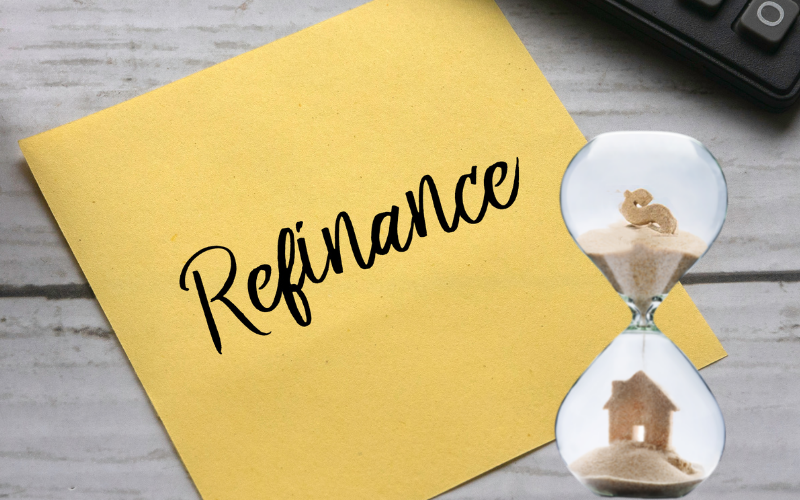Understand Your Options When You Refinance A Home Loan
 Are you interested in refinancing your mortgage? There are a variety of reasons why you might want to refinance your home loan. For example, you might want to secure a lower interest rate, or you may want to reduce your monthly payment. You might even want to tap into the equity you have in your home for some quick cash. There are different loan options available, so you need to think carefully about which one is best for your needs.
Are you interested in refinancing your mortgage? There are a variety of reasons why you might want to refinance your home loan. For example, you might want to secure a lower interest rate, or you may want to reduce your monthly payment. You might even want to tap into the equity you have in your home for some quick cash. There are different loan options available, so you need to think carefully about which one is best for your needs.
The Conventional Mortgage Refinance
One of the first options you will consider is a conventional mortgage refinance. This could be the best option for you because it provides you with the greatest degree of flexibility. For example, you can shorten the term of your mortgage, pull cash out of your home’s equity value, and even reduce your monthly payment. Typically, your credit requirements will be a bit higher than the other options, so you should work with an expert if you are considering this option.
FHA Streamline
Another option you might want to consider is the FHA streamline. Many people like this program because it is a shorter, less expensive program. The credit requirements are also a bit lower, and you might not need to get your house appraised. On the other hand, you cannot choose this option if you want to pull cash out of your home’s equity value.
Jumbo Loan Refinance
If you have a loan that is greater than the conventional loan limits, then you may be required to perform a jumbo loan refinance. Because the loan is so large, the lender takes on a significant amount of added risk, and that is why the credit requirements are typically higher as well. You may also need to verify not only your income but also your cash reserves.
Find the Best Refinance Program To Meet Your Needs
These are just a few of the many options available if you are interested in refinancing your home loan. The right option for one person is not necessarily going to be the right option for someone else, so make sure you reach out to an expert who can help you find the right loan refinancing option to meet your needs.

 How to Get Rid of PMI?
How to Get Rid of PMI? Last week’s economic reporting included readings on home builder confidence and weekly reports on mortgage rates and jobless claims.
Last week’s economic reporting included readings on home builder confidence and weekly reports on mortgage rates and jobless claims. Buying a home is an exciting and exhilarating time. Between the time your offer is accepted, and when you finally have keys in hand and you are ready to step into your new home, it can be stressful. The escrow period, also known as the closing, can take the most easygoing home buyer to the brink of insanity.
Buying a home is an exciting and exhilarating time. Between the time your offer is accepted, and when you finally have keys in hand and you are ready to step into your new home, it can be stressful. The escrow period, also known as the closing, can take the most easygoing home buyer to the brink of insanity. With the weather beginning to warm up outside, you might be thinking about installing a pool on your property. This is a great way to relax, entertain friends, and get some exercise; however, a pool can cost tens of thousands of dollars. What happens if you don’t have enough money? There are several options available.
With the weather beginning to warm up outside, you might be thinking about installing a pool on your property. This is a great way to relax, entertain friends, and get some exercise; however, a pool can cost tens of thousands of dollars. What happens if you don’t have enough money? There are several options available.